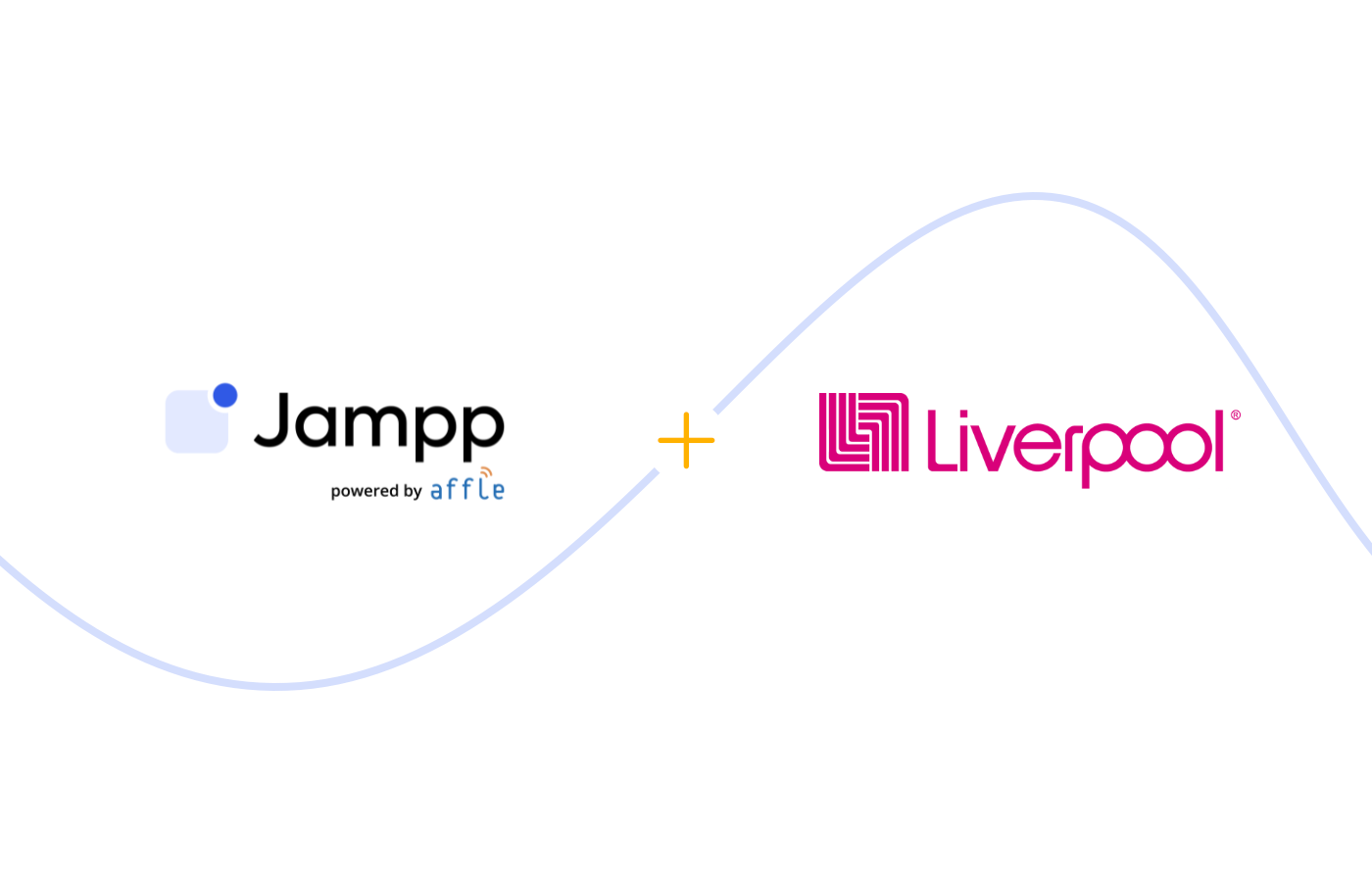Programmatic DSPs vs No-SDK Ad Networks 🥊
What is the difference between Demand Side Platforms (DSPs) and affiliate networks? They both connect advertisers to a supply of publishers, but how they do so is very different.
May 18, 2020

What is the difference between Demand Side Platforms (DSPs) and affiliate networks? What is advertising transparency and why does it matter? This post compares the two channels regarding ad fraud, pricing, optimization, and more. Programmatic DSPs and affiliate or ad networks have only one thing in common: they both connect advertisers to a supply of publishers, but how they do so is very different.

Programmatic DSPs connect with SSPs, also known as ad exchanges, and buy ad impressions through real-time bidding auctions. This is an automated way of bidding, which means the chain from the bid to impression and click is recorded. In order to accurately predict the right bid price for each impression, DSPs’ leverage machine learning to predict users' likelihood to convert and which ads to serve to which users.
Affiliate networks or ad networks without SDK are not directly connected to the ad inventory. Instead, there are "media buyers" that manually run the campaigns in different sources where traffic auditing is almost impossible as there is no impression tracking and no placement visibility. This usually leads to an uncontrollable chain of re-brokering where control is lost and shady traffic is blended.

Ad fraud and brand safety
The only way to guarantee brand safety is to have access to impression-level data. No matter how trusted a supply source is, without impression level data, there’s no way of knowing where the ads are being shown.
We recently interviewed Gary Danks, the founder of Machine advertising—a company dedicated solely to detecting and preventing app install fraud. When asked about the most common myths regarding fraud, he responded:
“We only use trusted suppliers.” All suppliers are exposed to install fraud, no matter how much you trust them. Even the cleanest supply sources will have minimum levels of 10% invalid inventory.”
This applies to all traffic, but more so to sources that don’t offer impression data, and thus can’t be held accountable.
Pricing and incentives
In programmatic, impressions are paid through real-time bidding so the market determines the price of each impression. With affiliate networks, inventory pricing is predefined by the affiliate network. Marketers pay a fixed fee for a bulk of impressions, per click (CPC), install (CPI), or action (CPA).
Each pricing model triggers a different incentive and the further advertisers get from the cost of the media, the less transparency they have. When media partners are paid CPI or CPC, their incentive is to get attribution for the highest amount of installs or clicks. This often results in fraud schemes such as click injection, click spamming, etc.
When paying CPM to a programmatic DSP, the incentive is set for the media partner to obtain the highest amount of available quality impressions. Ultimately, advertisers are still competing with other advertisers at a dynamic CPM level.
Insights & optimization capabilities
Transparency is much more than a safety check, it’s also a key factor for efficient optimization.
Take for example creative optimization.
A programmatic DSP with Dynamic ads can automatically create and test multiple variations to identify the optimal combination of ad elements. Each design asset (image, copy, etc) is a unique data point, optimized for performance.

With no-SDK ad networks, building a number of ad variations requires a dedicated Design team. A/B testing is conducted almost manually, which leaves room for human error and makes it impossible to modify in real time.

Some marketers will argue: “sure, there’s fraud, but when pointed out to the ad network, they discount those fraudulent installs”. But for every fraudulent install flagged, many more go undetected. With limited transparency networks, and the complexity of the schemes in place, the odds are not in the advertisers’ favor.
It’s hard to consider a channel might be “off”, to put it gently, when they show you “great results”. That’s often been the case for non-programmatic campaigns that are using fraud schemes to cannibalize events from other marketing channels and offer seemingly low CPI and CPA rates. The key word being “seemingly”.
The shift to programmatic requires moving on from overstated affiliate network metrics. As Letgo UA director, Adrián Sarasa, said in an interview with Adexchanger “app marketers that make the move to programmatic often get a rude awakening when they see their actual success metrics”1. But ultimately, understanding the true cost of the media, and how and where to reach real users is the only way to ensure real and sustainable growth.
Not all networks are purposely deceptive, but whether fraud is happening at the network level or at the publisher level, the lack of transparency and accountability makes it very easy to steal attributions, and implement fraudulent tactics. The no-SDK ad networks that wish to separate themselves from this, have started to develop real-time bidding technology, also shifting to the programmatic DSP model.
So is programmatic infallible?
No. The programmatic in-app space isn’t perfect. All channels are exposed to fraudulent schemes. As Danks said: “DSPs provide a much greater level of transparency than ad networks and allow for impression tracking.”2
Moreover, there are many initiatives to bring further transparency to the mobile programmatic channel. In an article with Adexchanger, Fyber’s CRO stated that “Publishers and app developers have started paying attention to this as evidenced by ads.txt, sellers.json, and Supply Chain Object.”
The ad exchanges we work with run thorough checks to ensure quality placements. In our recent Supply Takeover series, partners such as Mopub and Smaato shared some of the preventive measures they take, like vetting publishers, pre-bid IVT blocking, and post-bid IVT detection.
TL;DR
While all supply channels are susceptible to some level of fraud, there is a reason why marketers have been steadily shifting budgets to programmatic.

Learn more about programmatic
At Jampp, we’ve seen the difference between no-SDK ad networks and real-time bidding first-hand, which is why in 2017 we made the decision to go fully programmatic. It became clear that the affiliate networks we worked with couldn’t—or wouldn’t—provide any visibility into placements, and had little to offer in terms of protecting advertiser spend from fraud. Since then, we’ve helped different marketers unlock programmatic advertising for more transparency and control over their ad spend.
Find insights regarding programmatic advertising, ad exchanges, and more on our blog or get in touch to see a live demo of our product.
References
[1] Schiff, A. (2019) ‘Jampp Jumps Into Programmatic User Acquisition And Away From Ad Networks’, Adexchanger, 15 May.
[2] Lima, R. (2020) 'How to stop app install fraud and other FAQ', Jampp Blog, 22 April.
Subscribe to our email newsletter









